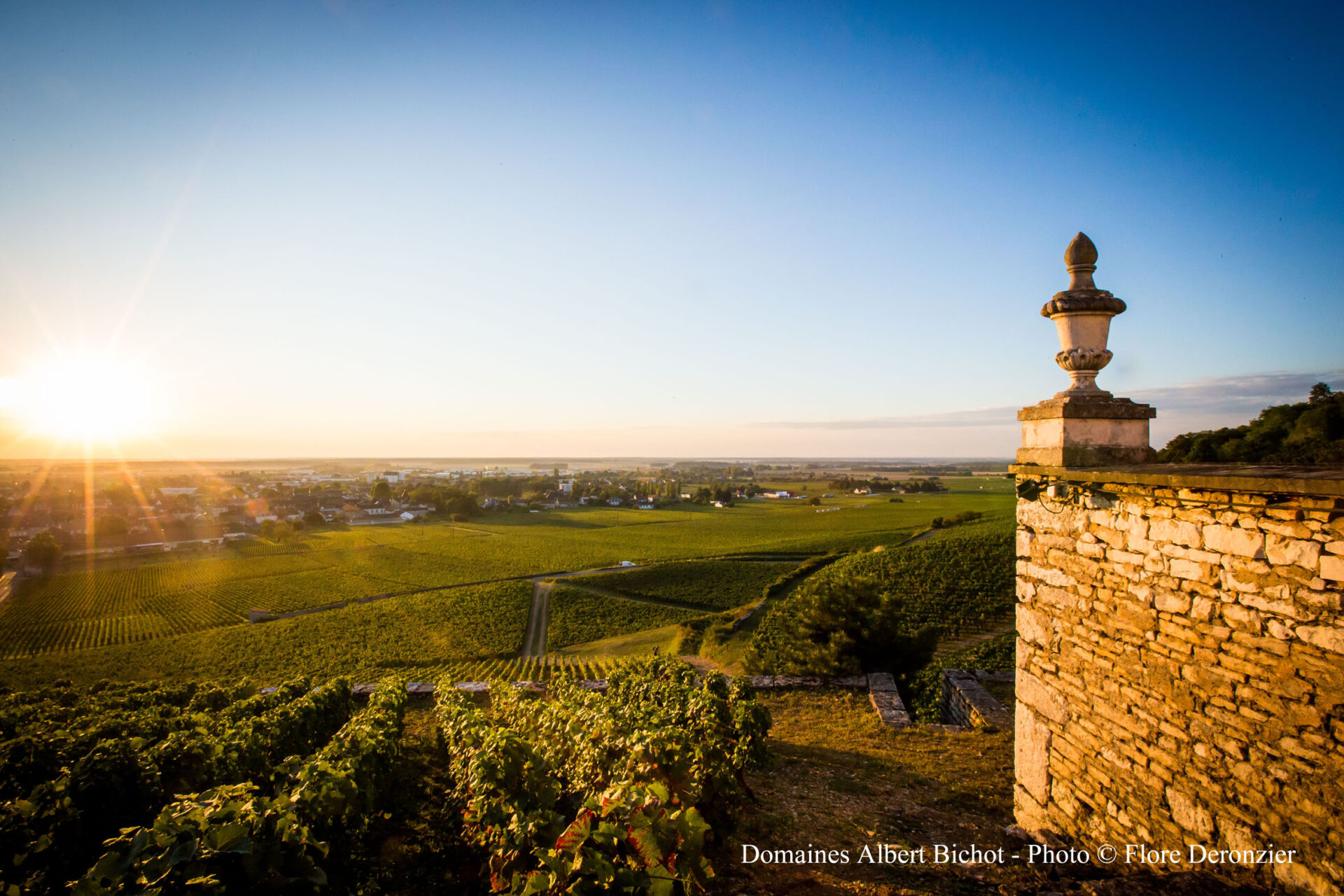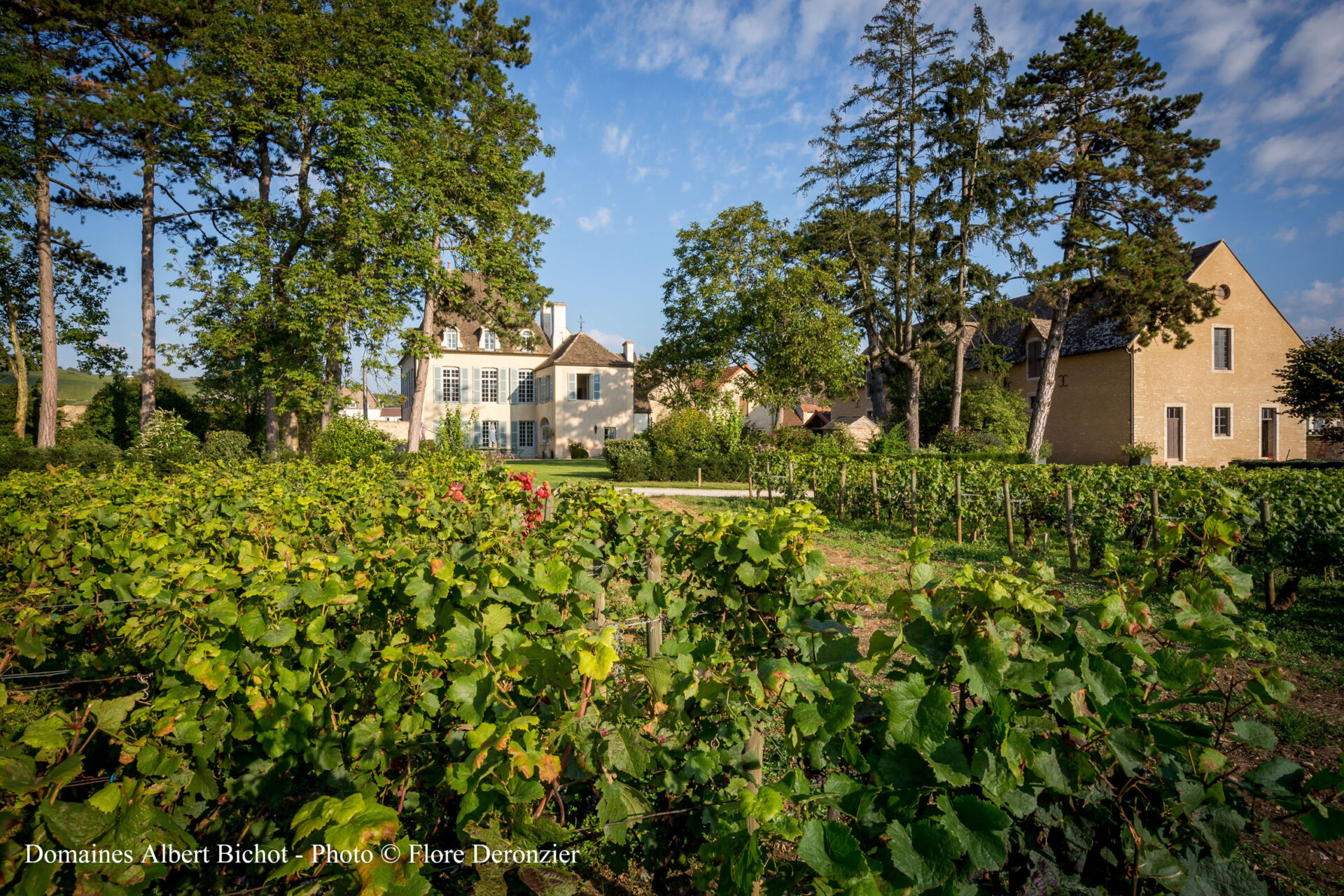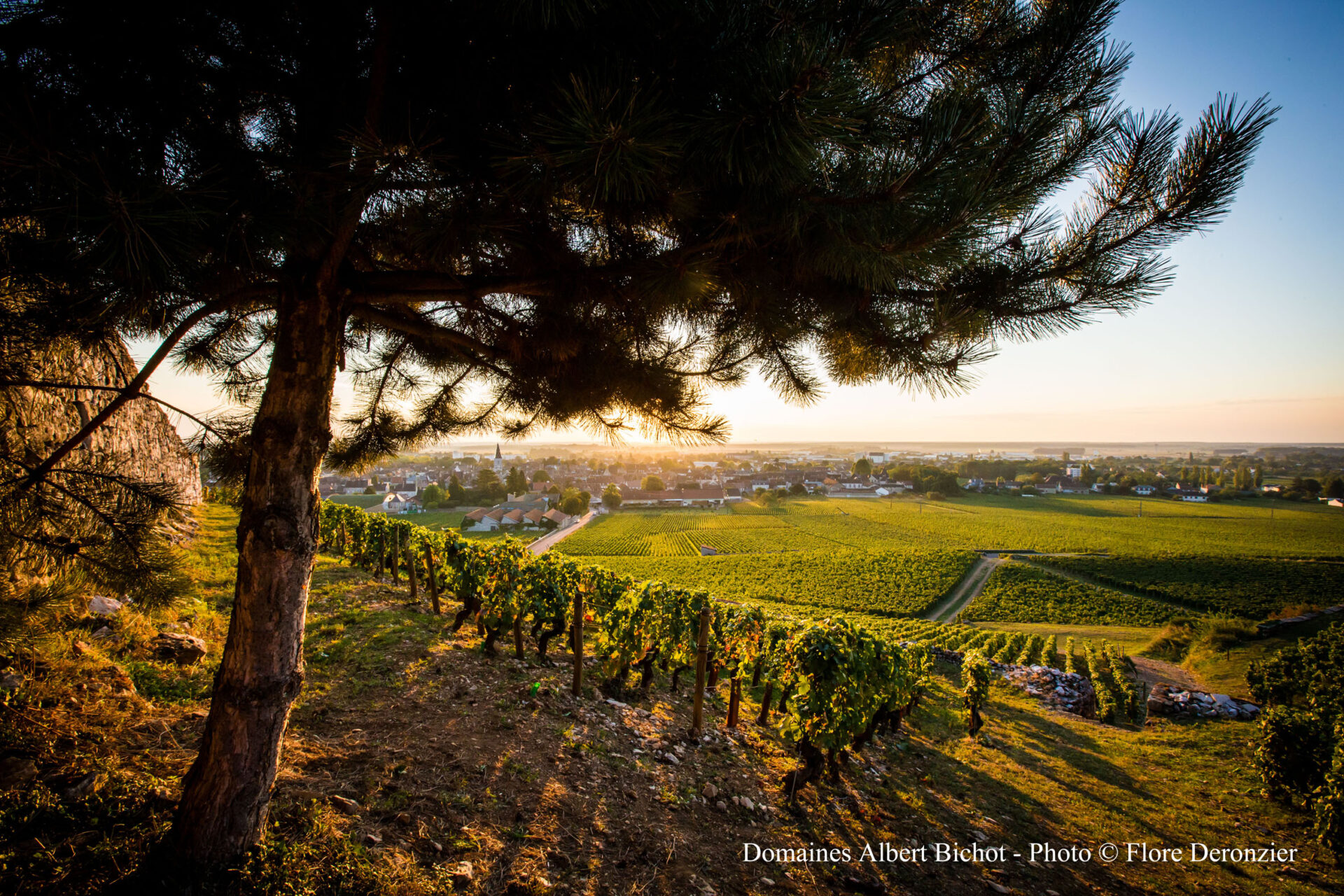2019 Albert Bichot ‘Clos Rousseau’ Santenay Pinot Noir
This wine is for a Pinot Noir oenophile. This comes from an epic estate that has been known for generations to produce wines of quality and consistency. This is drinking beautifully right now and makes for the perfect hostess gift!
Sustainable farming practices
$75.00
Out of stock
The first traces of the Bichot family date back to 1214. They settled in Burgundy in 1350, in their stronghold of Châteauneuf-en-Auxois. The family’s coat of arms has not changed since nor has its symbol, a doe. In 1831, Bernard Bichot founded a wine trading business in his name in Monthélie. His son, Hippolyte, succeeded him and bought the first vines in Volnay, already convinced that upstream control was essential. His son, Albert Bichot, the first to bear the name, gave the family business new momentum in the late 19th century and settled in the center of Beaune once and for all in 1912.
The second Albert Bichot, who was born in 1900, was a pioneer of international commerce. North America, Asia, Oceania… He traveled incessantly in order to introduce our wines, which were already recognized as being among the best, to wine lovers around the world. In the second half of the 20th century, his four sons, Albert, Bernard, Bénigne and Jean-Marc, inherited this know-how. A new era of expansion began with the construction of a large aging cellar, a new bottling center and winery. Our wines were available in all of the world’s continents.
PINOT NOIR
This elusive and delicate light-bodied grape is a winegrowers dream, but can be difficult to achieve. Stubborn, yet flirtatious, Pinot Noir is tantalizing creating a beautiful dance between the grape and the winemaker. The resulting light red wine can be nothing short of spectacular. Loved for its red fruit and spicy characteristics, its also a great food partner. Look for notable regions including Burgundy, France, Central Coast or Sonoma in CA, Willamette Valley in Oregon, and Pfalz or Baden in Germany as well as many other regions around the world in New Zealand, Australia, Chile, and Argentina.
BURGUNDY, FRANCE
Burgundy, AKA “Bourgogne,” is a small, historical region in east-central France that covers a wide area with ranging climates. The large number of producers and appellations within Burgundy can make the region seem complicated even to a seasoned wine pro, but fear not – the region need only be as complicated as you want it to be. At it’s essence, Burgundy can be quite simple. This is the home for Pinot Noir and Chardonnay, and these wines are second-to-none around the world with an influence that is huge in the world of vino. Burgundy winemakers were the pioneers for premium Chardonnay production and continue to provide a benchmark of excellence in viticulture and winemaking for all of their varieties. A vineyard’s location is extremely important here. The location will determine their quality level within the Burgundy appellation hierarchy. The highest-quality vineyards will generally have a south or east facing exposure providing the most access to sunlight and offering protection from westerly winds. These wines may be listed as premier cru or grand cru on the bottle label. Soils in Burgundy can vary depending on the area, but you’ll find many of them are rich in limestone. Pinot Noir is grown throughout the entire region and accounts for a third of the total vineyard area. Although a wide range of winemaking techniques are used varying by producer, a classic “Burgundian” Pinot Noir has red fruit flavors in youth that evolve into earth, game, and mushroom as the wine matures. These wines, as well as Chardonnay, can age for many years if stored properly. Other grape varieties include the red grape Gamay, famous to the Beaujolais region, and the white grape Aligoté. There are many smaller appellations within Burgundy, just like Bordeaux and other regions in France. These appellations include Chablis, the Côte d’Or, the Côte Chalonnaise, and Mâconnais. Each of these areas house many respected and highly-regarded villages and vineyards.










